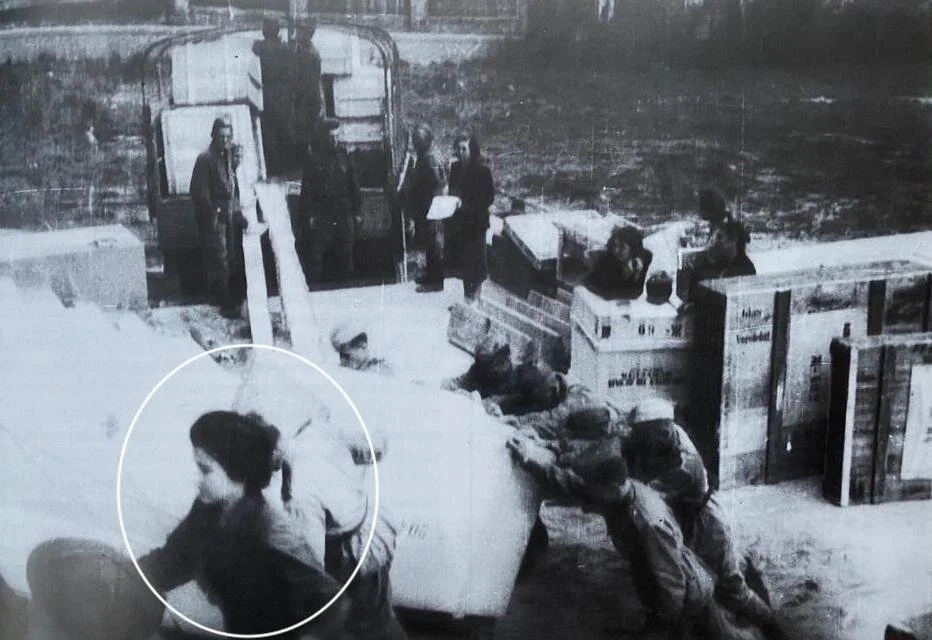Many things can trigger red flags. For me, it is whenever someone tells me that they are looking to source, or trying to sell, a ‘Blue Period’ Picasso (or a ‘Jacqueline'), a Gauguin ‘Tahitian', a Modigliani ‘Nude’, a ‘Red’ Richter, an Yves Klein ‘Blue’, a ‘Black’ Soulages, a Bacon ‘Triptych’; the list goes on and on. In the past decade alone, literally not a week has gone by when I’ve not come across someone either claiming to ‘have a buyer for’ or ‘being in direct contact with the seller’ of one of these works. The curious thing is that often none of those works is actually for sale. Moreover, ninety percent of the people trying to make these transactions happen, have never seen the works in question in the flesh.




















